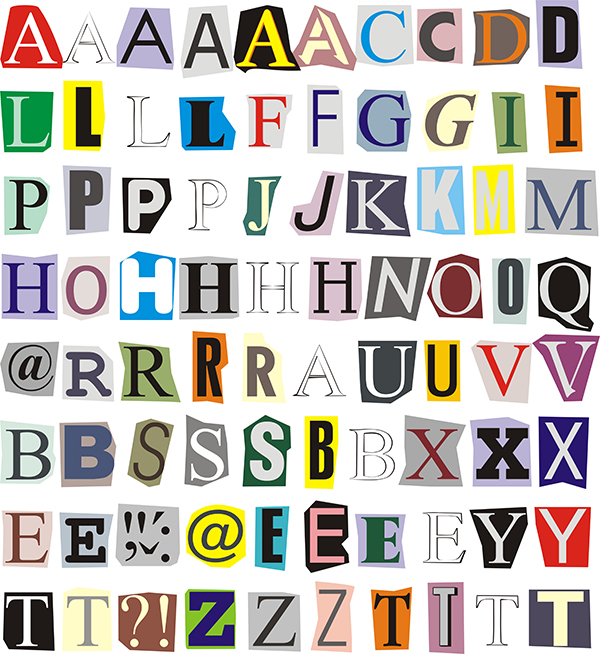What if I told you that 18% population of a developed nation is considered semi-literate at best? I am sure it will sound like an interesting fact but will probably be just that. But what if I told you that the country in question is none other than our beloved Netherlands, meaning that 2.5 million Dutch people, or 1 in every 6 people in the country, are considered semi-literate? I am sure this will get you sitting upright in your chairs.
A person is considered semi-literate if they have difficulty reading, writing or doing simple arithmetic. These people often lack digital skills as well and have trouble operating a computer or a smartphone. More than 70% of the estimated 2.5 million semi-literate people are between 16 and 65 years of age. More than 1 million have difficulty with both language and arithmetic. Interestingly, 65% of these people are native Dutch speakers.
These people are unable to fully participate in society due to their limitations and this costs society as a whole hundreds of millions of euros each year. Reasons for this are:
- Semi-literate people are unable to find a job or hold on to As digital skills have become essential in almost every workplace, it has become increasingly difficult for semi-literate people to find jobs. They only work in certain industries including as cleaners, in the construction industry or on production lines. For example, 40% of cleaners is semi-literate, in construction and on production lines this is 37%. Even in those jobs, they require assistance with paperwork, navigating using GPS to reach a work location, etc.
- Their inability to find work often lands them in poverty for extended periods, costing society € 95 million a year in benefits.
- They have less grip on financial matters and often help in solving their debts.
- Being unable to read about proper food and healthcare options, they are unable to properly care for themselves. As a result, semi-literate people visit their general practitioner more often and make more use of specialized care. They also have difficulty reading medication prescriptions and are more likely to take the wrong dosage. This ends up costing society € 257 million a year in healthcare.
- Children from such households are also at the risk of developing low literacy, as their parents can’t provide a positive environment and personal support for learning. Children get no assistance in completing school tasks and projects. By the time these children pass out of primary school, they have already developed delays in reading and mathematics. As they grow older, many actively dislike reading.
What can be done?
With over 6 million people reaching retirement age in the next few years, it is even more crucial than ever that we strengthen the numbers of our workforce. Therefore, the Dutch government has formulated a programme to reduce low literacy. It aims to help more people who have Dutch as their native language, instead of focusing programmes only on non-native speakers. Furthermore, the government will invest in good-quality teaching material, and make it accessible to everyone. Basic skills expertise centers will be established. These will primarily function as training centers for teachers who will teach low-literate people. Furthermore, municipalities will receive approximately €60 million per year to offer courses in language, maths and digital skills. Every municipality should have the funds available to run these programmes by 2024. Companies are also encouraged to highlight the problem of semi-literacy in the workplace. If people are embarrassed of their inabilities, they should be encouraged to come forward so they can receive proper support and training. Employers will receive € 3 million each year to train their staff in basic workplace skills.
Another subsidy program, called ‘Tel mee met Taal’ (‘Count along with language’), is scheduled to run until 2024. Under this program, the government is making an effort to ensure that everyone has sufficient language, maths and digital skills. The Ministries of Education, Culture and Science, Social Affairs and Employment, Health, Welfare and Sport and the Interior and Kingdom Relations are jointly implementing the program.
Written by Priyanka Sharma
